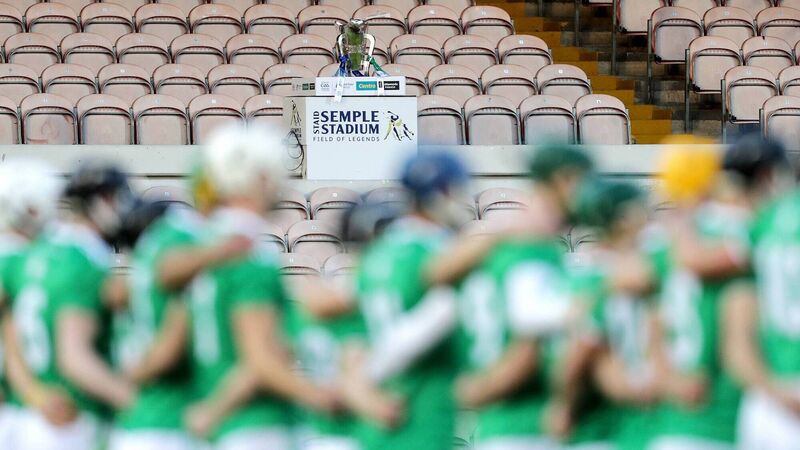Dr Ed Coughlan: The best are the ones always searching for ways to be better

‘If you want to be hunted, loyal to your players, and not the traditions of the game, then look to innovate.’
Try from €1.50 / week
SUBSCRIBE
THE THIRST FOR TROPHIES: ‘If you want to be hunted, loyal to your players, and not the traditions of the game, then look to innovate.’ Picture: Laszlo Geczo/Inpho
Hurling is as innovative as they come. The move away from an All-Ireland championship in 1974 to create the B championship was significant.
This became the Christy Ring Cup in 2005, which itself now feeds the Joe McDonagh Cup since 2018, and an opportunity for weaker hurling counties to have a cut off the big guns from Munster and Leinster while experiencing silverware along the way.
Newsletter
Latest news from the world of sport, along with the best in opinion from our outstanding team of sports writers. and reporters
Newsletter
Latest news from the world of sport, along with the best in opinion from our outstanding team of sports writers. and reporters
Tuesday, November 18, 2025 - 8:00 PM
Tuesday, November 18, 2025 - 8:00 PM
Tuesday, November 18, 2025 - 8:00 PM
© Examiner Echo Group Limited